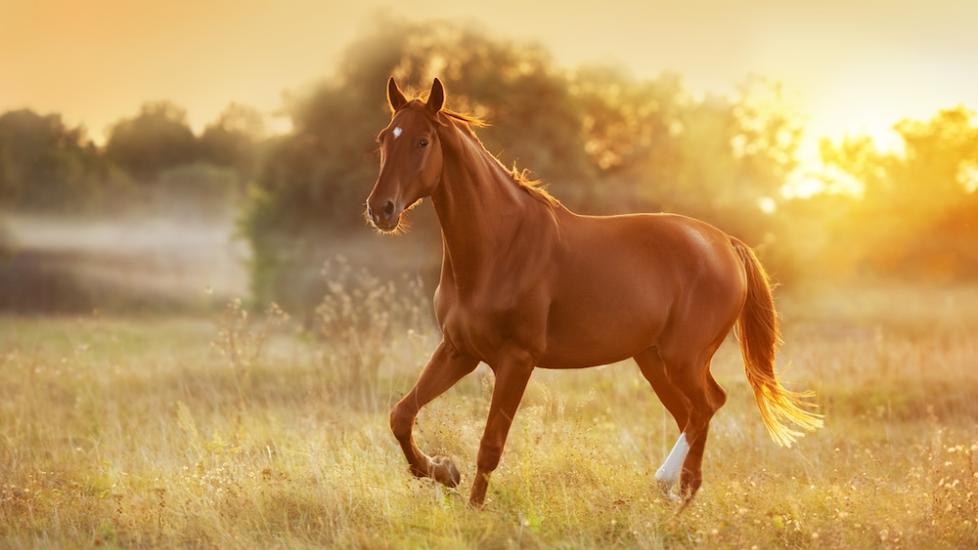Osteochondrosis Dissecans (OCD) in Horses
The following may contain Chewy links. PetMD is operated by Chewy.
What is Osteochondrosis in Horses?
Osteochondrosis (OCD) is a developmental condition in horses where the cartilage at the end of bones does not form properly. This leads to poor attachment of and defects in the cartilage within the joint.
OCD can be seen in any joint but is most commonly found in the stifle, hock, and fetlock. Often, lesions will affect both sides of the horse even if the lameness that goes along with them is not. OCD occurs during skeletal development before birth and within the first few years of life, but depending on the severity, no signs may be noted until years later. The genetics of OCD are not completely understood.
Shop Horse Products
Symptoms of Osteochondrosis in Horses
Signs of OCD in horses include:
-
Swelling of the affected joint(s)
It is possible that some horses with OCD will be asymptomatic (no symptoms), especially before training or an exercise program. Additional stress of exercise exacerbates the defect and may cause clinical pain.
Causes of Osteochondrosis in Horses
Much bone development occurs in the horse before birth with bones continuing to grow their first 1-2 years. Genetics likely affect the bone development prior to birth but there are many ways that OCD can be caused or exacerbated after birth including:
-
Fast growth
-
Higher calorie diets
-
Mineral imbalances in the diet
-
Imbalances in hormones
-
Trauma
-
Excessive exercise
How Veterinarians Diagnose Osteochondrosis in Horses
Diagnosis of OCD always starts with a thorough physical and lameness examination by a veterinarian. Following the exam, radiographs will identify the location and sometimes the severity of lesions. In some cases of OCD, the horse will not appear lame. Radiographs are often recommended during pre-purchase examinations to catch these sub-clinical cases.
Treatment of Osteochondrosis in Horses
The only way to cure OCD is surgical removal of the poorly attached cartilage in the joint through arthroscopy. Prognosis for return to athletic function is usually good after these interventions. If surgery is not an option or the defect is very small, the pain and discomfort associated with the OCD can be managed in several ways, including:
-
Non-steroidal anti-inflammatory medications (Bute, Banamine, Equioxx)
-
Joint injections with steroids and hyaluronic acid products (Legend, Hyvisc)
-
Regenerative joint treatments such as PRP, iRAP, and stem cells
Recovery and Management of Osteochondrosis in Horses
Horses with OCD are much more likely to develop arthritis secondary to the condition even after surgery. To help support them and prevent this, a consistent exercise routine is important. Hyaluronic acid products such as Legend and Adequan can be very beneficial as well. Anti-inflammatory medications and joint injections may become useful long-term to keep horses as comfortable and competitive as possible.
References
Osteochondritis Dissecans (OCD) in Horses. ACVS.
Featured Image: iStock.com/Nemyrivskyi Viacheslav
